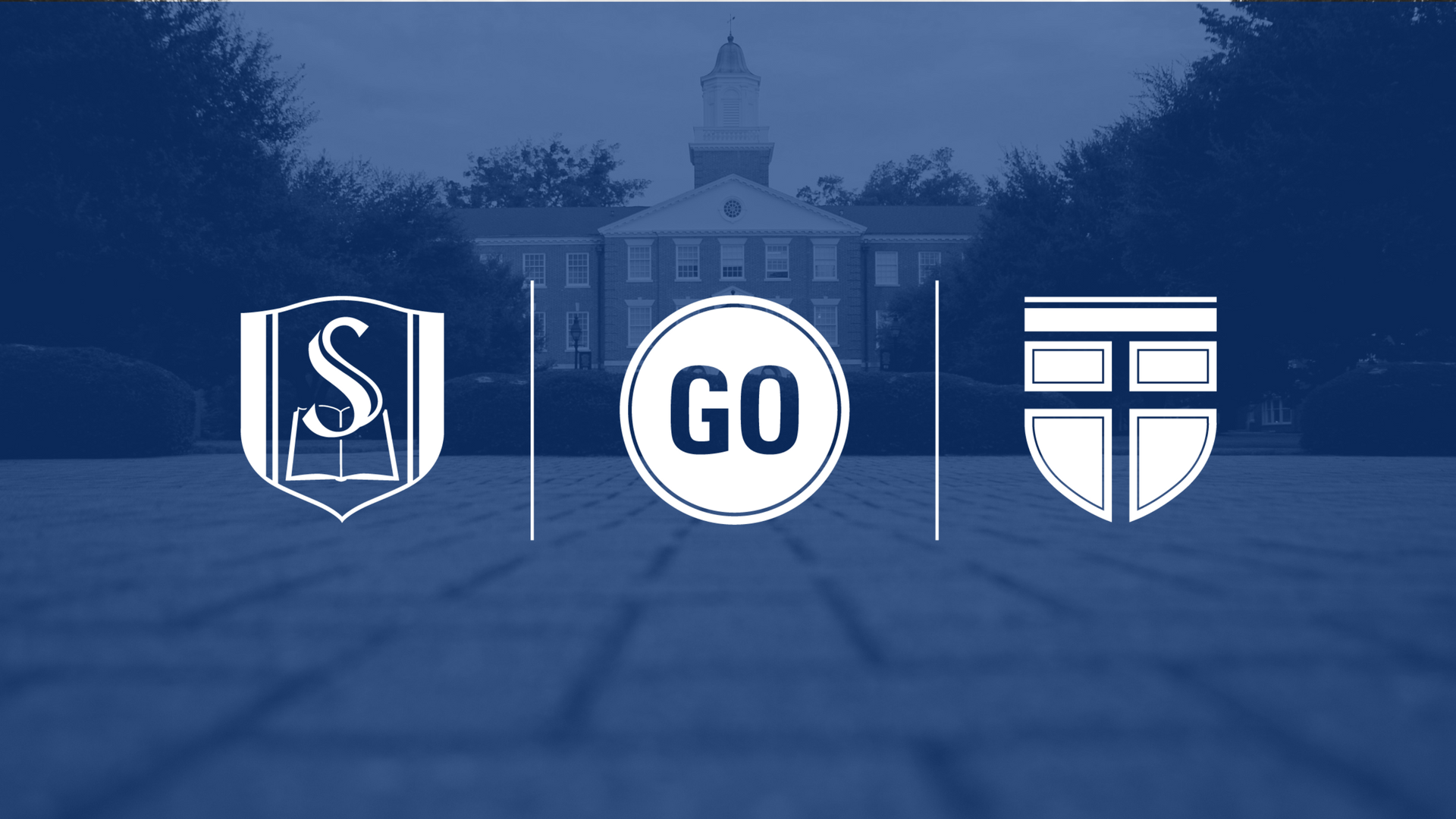Asian Heritage Month
Angel Jimenez, an ambassador for admissions and the Kingdom Diversity Initiative, shares a brief history and description of Asian Heritage Month:
May 10th, 1869 marks a great day in U.S. history. The transcontinental railroad was completed which placed the country in an unprecedented success. Not only could people travel coast to coast in a week, but cargo of all types were now reaching areas that had been closed off to the rest of the nation. Businesses and the economy boomed as this great engineering feat transformed the country. Goods were not the only thing to travel across the rails; intellect and ideology also traveled to new parts of the country, ideology that would help shape the future of the nation. Books, magazines and newspapers that would have taken months to travel cross-country could now be easily accessible in the manner of days, leading the country to new heights. The U.S. would not be what it is today without the transcontinental railroad system.
The United States grew and matured upon the railroad system but the railroad system could not have happened without the majority of labor that came from people of Asian descent. May is the month taken to honor the Asian Heritage and the numerous contributions that have been made to American culture. Asian immigrants disembarked on Californian soil hoping to escaping death, hunger, and persecution. They soon found themselves facing prejudice, racism, and restrictive laws in America. Convinced of Asian immigrants’ peaceful demeanor and work ethic, contractors soon hired many to help complete the railroad. The completion of the railroad system alongside the tremendous labor force from Asia allowed these immigrants and their families to establish roots, and richly influence American history and culture.
It is important to mention that Asia is a treasure trove of diversity and ethnicities. In the U.S. Alone, there are forty-three different people groups of Asian ethnicities, which include more than 300 languages and dialects. United States thought quickly clumps these groups together believing they are all the same, ignoring the beauty and richness God has placed in each. This should impact how we treat and approach our Asian neighbors and friends as well as how we share the Gospel.
A continual long term missionary in East Asia speaks of how important it is to take into consideration the diversity in Asian communities:
Important to highlight is the diversity of Asia. All of the major religions are practiced. You have Hinduism in India, Buddhism in Thailand, Vietnam, Laos, Cambodia, and Myanmar, and Islam in Indonesia, Malaysia, India, and all of Central Asia. China and Japan have many of Atheists. The cultures are just as diverse. There are literally thousands of people groups in Asia. There are over 700 in Indonesia alone! India has over 2,000! The majority of the people groups in Asia are unreached. Despite the diversity, one thing that all Asian cultures have in common is they are honor/shame cultures. Some things people may not know is that the two countries with the largest Muslim populations are in Asia! Indonesia is the largest, with over 200 million, which is larger than the entire Middle East. India is not that far behind Indonesia, with 170 million. We think of India as Hindu, but there are LOTS of Muslims there too.
Asian Americans have not only helped establish our nation’s infrastructure, but have also contributed to our theological understanding as well. In the United States where Western individualism has deeply influenced Christianity, the emphasis on the community is a welcomed contribution to theological studies. Westerners must humble ourselves and learn from our Asian brothers and sisters who provide us with the opportunity to delve into Scripture through the unique lens of their heritage, which in turn, enhances our understanding of the Gospel. They shine light into our darkened Western blind spots, which as, “Iron sharpening Iron” allow for growth in new ideas and thoughts.
There is still much for us to learn from our Asian brothers and sisters. This takes time and commitment on the Westerner’s part. Questions cannot be answered in a single conversation. While getting to know and individual is helpful, putting yourself in a group of Asian Americans is ideal because there is a rich communal culture to glean from, which cannot be duplicated one-on-one. The first step to engage is by starting a conversation and truly getting to know the Asian American community and not generalize the group into a single category.
Each ethnic and cultural group brings glory to Christ. Take time to learn from our dear Christian siblings. Here are some resources:
- Simon Chan “Grassroots Asian Theology”Amos Yong
- “Reviving Christian Theology Cindy M. Wu & Todd M.
- Johnson “Our Global Families”

